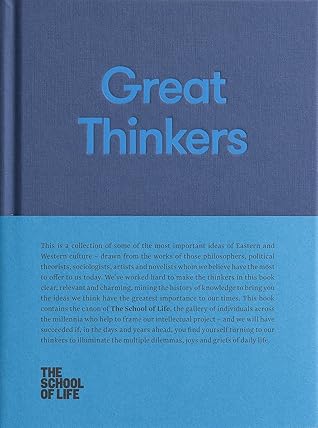More on this book
Community
Kindle Notes & Highlights
Read between
November 11 - December 3, 2022
For several centuries, the most common size for art was between three and six feet across. And while artists were articulating their visions across such expanses, the large-scale projects were given over wholesale to governments and private developers – who generally operated with much lower ambitions. Governments and the free market made big ugly things rather often.
Christo and Jeanne-Claude have been the artists most ambitious about challenging the idea that artists should work on a tiny easel – and keenest to produce work on a vast industrial scale.
Christo and Jeanne-Claude can look very innovative, but in a way their conception of art is deeply traditional. What they mean by art is making beautiful things. They might be wrapping things or surrounding them, but what guides them is the search to make the world more beautiful. Only not just a little bit at a time. The scale of their efforts to make the world beautiful has been stupendous – and inspiring.
The ideal task of the artist isn’t just to dream of a better world, or complain about current failures (though both are honourable); rather it is to actually make the world finer and more elegant.
The primary identity of Christo and Jeanne-Claude is as an artist. But to operate realistically on a large scale, they needed to deploy many of the skills traditionally associated with business and that we think of as the domain of the entrepreneur. Christo and Jeanne-Claude had to negotiate with city councils and governments; they had to draw up business plans, arrange large-scale finance, employ the talents and time of hundreds and even thousands of people, coordinate vast efforts and deal with millions of users or visitors. And all the while, they held on to the high ambitions associated
...more
Christo and Jeanne-Claude are a key exemplar of the crucial proposition that the creation of beauty isn’t a commercial luxury but potentially a central plank of good commerce. They hint at a tremendous ideal: if making something beautiful could become a major way of increasing shareholder value, then the immense forces of investment could start to line up in the right direction.
It’s a lesson that sounds strange because we still tend to think of love as liking someone for who they already are, and of total acceptance. The person who is right for us, Austen is saying, is not simply someone who makes us feel relaxed or comfortable; they have got to be able to help us overcome our failings and become more mature, more honest and kinder – and we need to do something similar for them.
We shouldn’t stop judging people; but we have to judge more carefully
She takes aim at two big mistakes people make around money. One is to get over-impressed by what money can do.
Jane Austen is steering her way towards an elusive – but crucial – attitude. Money is in some ways extremely important and in other ways unimportant. We can’t just be for it or against it. It sounds simple, of course, to assert this; and yet we are continually going wrong in practice.
Jane Austen does not think that the cure for snobbery is to think that everyone is equal. In her eyes, that would be immensely unjust. Rather, the real cure is to pay attention to true merit.
For Goethe, the point of travel isn’t relaxation or just taking a break from routine. He’s got a bigger goal in mind: the aim of travel is to go to a place where we can find the missing ingredient of our own maturity.
Tolstoy keeps us on Natasha’s side, and by doing so, he is getting us to rehearse a move he believes is fundamental to an ethical life: if we more accurately saw the inner lives of others, they couldn’t appear to us in the normal cold and one-dimensional way – and we would treat them with the kindness that they truly need and deserve. No one should be outside the circle of sympathy and forgiveness.
The ultimate promise of love, in Proust’s eyes, is that we can stop being alone and properly fuse our life with that of another person who will understand every part of us. But the novel comes to dark conclusions: no one can fully understand anyone. Loneliness is endemic. We’re awkward, lonely pilgrims trying to give each other tusk-kisses in the dark.
Artists are people who strip habit away and return life to its deserved glory, for example, when they lavish appropriate attention upon water lilies or service stations. Proust’s goal isn’t that we should necessarily make art or be someone who hangs out in museums. It’s to get us to look at the world, our world, with some of the same generosity as an artist, which would mean taking pleasure in simple things – like water, the sky or a shaft of light on a roughly plastered wall.


